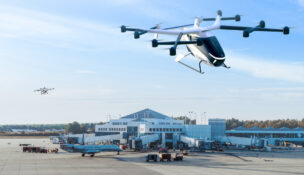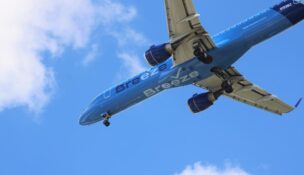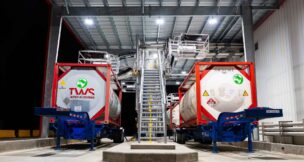Boeing to cut 787 production rate, ousts Commercial Airplanes CEO
Staff //October 23, 2019//
Boeing Co. plans to cut the production rate of 787 airplanes to 12 per month beginning in late 2020, a reduction that company leadership attributed to the current trade environment between the U.S. and China.
Dennis Muilenburg, president and CEO of Boeing, said in the company’s quarterly earnings call that the company was projecting orders from Chinese operators and other markets but that a lack of orders from China over the past few years has put pressure on the company’s wide-body production rate, especially that of the 787.
The reduction is expected to last approximately two years.
“It’s obviously not a decision we take lightly. … In the near term, our skyline has been dependent on orders from China,” Muilenburg said. “And now that we’re in lead time on our production system and those orders from China have not materialized, we need to make a decision.”
Boeing currently produces 14 787s per month between its Everett, Wash., and North Charleston facilities. Production of the 787-8 and 787-9 is split between the two sites and the 787-10 is produced entirely in North Charleston.
According to Boeing, the company currently has 556 unfilled orders for the 787, including 61 orders for the dash-8, 337 orders for the dash-9 and 158 orders for the dash-10. Muilenburg said at the planned 12-plane rate, this backlog ensures more than 3 1/2 years of production.
“We think the decision to take the rate down to 12 for approximately … two years is a good, disciplined decision and fits with the market signals we’re seeing,” he said.
Boeing spokeswoman Libba Holland said in an email that the rate reduction will affect production in both Everett and North Charleston, “albeit minimally.”
“While we don’t breakdown production rates by site, we will adjust the overall program production rate in a way that best meets the needs of the program, our customers and our workforce,” Osborne said.
Muilenburg said Boeing is still confident in the long-term viability of the wide-body market, with a market of roughly 1,000 new small to midsize wide-body planes over the next decade.
He added that the company is continuing to monitor trade policy discussions between the United States and China.
“We remain hopeful that airplanes will ultimately be part of the trade solution,” Muilenburg said.
McAllister out
Boeing named Stan Deal as the new head of its commercial airplanes division on Tuesday, replacing President and CEO Kevin McAllister.
Muilenburg said the move was made to align with Boeing’s “leadership plans, our plans to have a strong and growing company for the future.”
“Our focus is on safety and quality and performance and delivering operational excellence,” he said.
Deal joined Boeing in 1986 and served as president and CEO of Boeing Global Services until his transition to commercial airplanes. He had led the global services division since its establishment in 2016.
Prior to that, Deal held several positions in the commercial airplanes division, including running its supply chain and serving as sales leader for the Asia-Pacific region.
“Stan brings extensive operational experience at Commercial Airplanes and trusted relationships with our airline customers and industry partners,” Muilenburg said.
C















